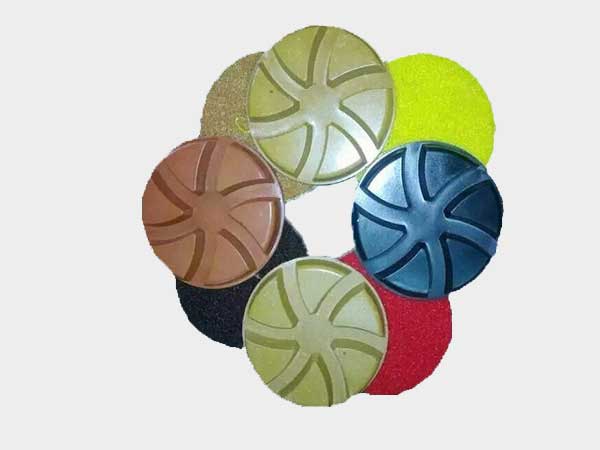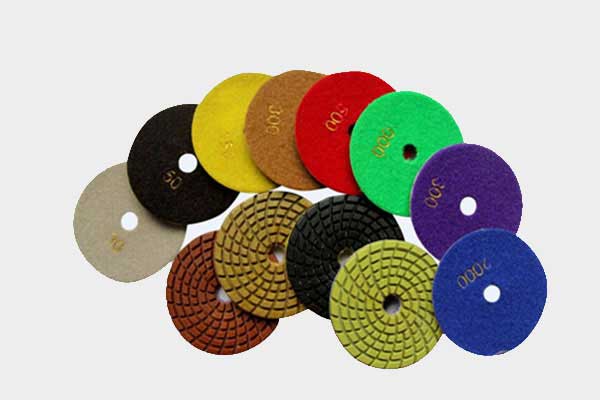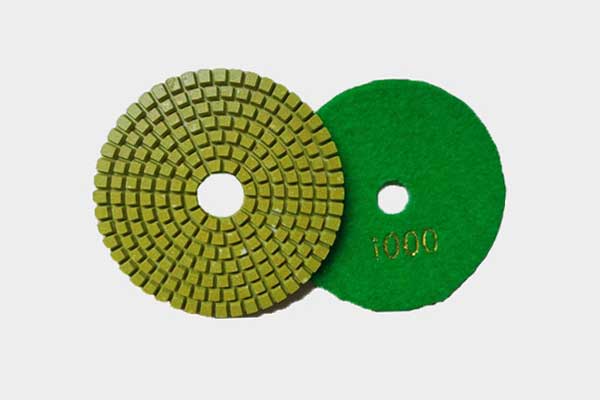Generally, stone needs to be polished before it is used, because the stone will be aging and contaminated after time. And polishing is a meticulous processing technology, some people will call it surface enhancement technology. In the stone polishing process, there are more or less factors that affect the polishing effect and quality, so what are the factors that affect the stone polishing?
The influence of the stone itself

1. Types of stone
The different types of stone will affect the polishing effect. Stones with different mineral compositions have different polishing process characteristics. For example, a stone mainly composed of serpentine minerals, such as large green marble, is a tough stone that can be polished, but is not easy to polish.
2. Mineral composition
The stone contains a certain amount of earth minerals, which will also affect the gloss of the stone. A typical example is the red snail. The name of the rock is selected layer stone biological limestone. The panels sawn in parallel planes are flower-shaped and biologically decorated, more like a clam shell, which is very beautiful, but because the ore contains a certain amount of clay minerals, it is difficult for the polished panel to achieve a gloss above 85.
3. Poor quality
Loose granite is often cloud-like minerals that have undergone a certain degree of weathering, such as clay or hydromica, and its polishing effect is difficult to achieve the polishing level of fresh granite. This should be the quality of the stone.
The influence of polishing process factors

1. Polishing agent
In theory, different minerals should use different polishing agents. Although the polishing agent is a special polishing material, the difference between it and the abrasive material is mainly in the processing mechanism. In principle, there are some low-hardness micro-powder materials that can also be used as polishing agents. But generally, high-hardness polishing agents are better than low-hardness ones and have a wide range of applications. Diamond polishing powder can achieve satisfactory polishing results for most stones.
2. Polishing liquid
Water is a commonly used polishing fluid. It can not only play the role of grinding and cooling, but also as a medium for physical and chemical effects in the polishing process. If the stone is polished mainly by mechanical grinding, such as diamond powder, the polishing liquid generally uses oily organic liquids, such as sewing machine oil. Its cooling, lubricating and dispersing effects are excellent. Diamond pastes are available in both water and oil, and colorants can also be added. The formula is: abrasive, dispersant, carrier, water and coloring agent.
3. Polishing disc
The smooth stone panel with flat specifications is a form of expression and processing of stone surface grinding. Hard disks made of metal materials are often used as polishing discs. The polished surface of the floppy disk is easy to yield into a concave surface when the stone is pressed, which is suitable for curved surface polishing. The medium hard disk has good abrasion resistance, good adsorption and certain elasticity, and it has a good polishing effect on flat stone.

4. Polishing head
The feed rate of the polishing head has a great influence on the polishing effect. Studies have shown that with the increase of the feed rate of the polishing head, the surface gloss of the stone will decrease, but if the feed rate is too low, it will accelerate the wear of the head and reduce the production efficiency. . In addition, the operation mode of the polishing head should be coordinated with the operation mode of the coarse and fine grinding heads. The operation mode of the grinding head is divided into vertical and horizontal and density.
5. Polishing process parameters
The process parameters include the concentration and supply of the polishing agent, the pressure and linear velocity during polishing, etc. Before being less than a certain concentration value, the polishing speed increases with the increase of the polishing agent concentration. After the concentration value reaches the limit, if the concentration is increased again, the polishing speed will decrease instead. Similarly, when the supply amount of polishing agent is at a certain value, the polishing speed is high, and if the supply amount continues to increase, the polishing speed will decrease instead. Properly increasing the pressure during polishing can increase the polishing speed, but if the pressure is too high, the grinding effect will be strengthened, which is not conducive to the formation of a glossy surface. The polishing speed depends on the rotation speed of the polishing disc, but if the linear speed is too high, the polishing agent will be thrown out, causing waste.
The above is a complete introduction of the factors that affect stone polishing. It can be seen that the influencing factors of stone polishing mainly depend on two major aspects. One is the stone itself, which is an internal cause; the other is the polishing process, which is an external cause. As far as the impact of the stone itself is concerned, the main factors are the type, mineral composition and quality of the stone. The diamond polishing pad produced by our company can highly polish stone materials under the condition of adding water. The grinding disc has sharp grinding, good heat resistance and pressure resistance, and has the advantages of fast glazing, high brightness and resistance to fading without changing the color of the stone itself.



